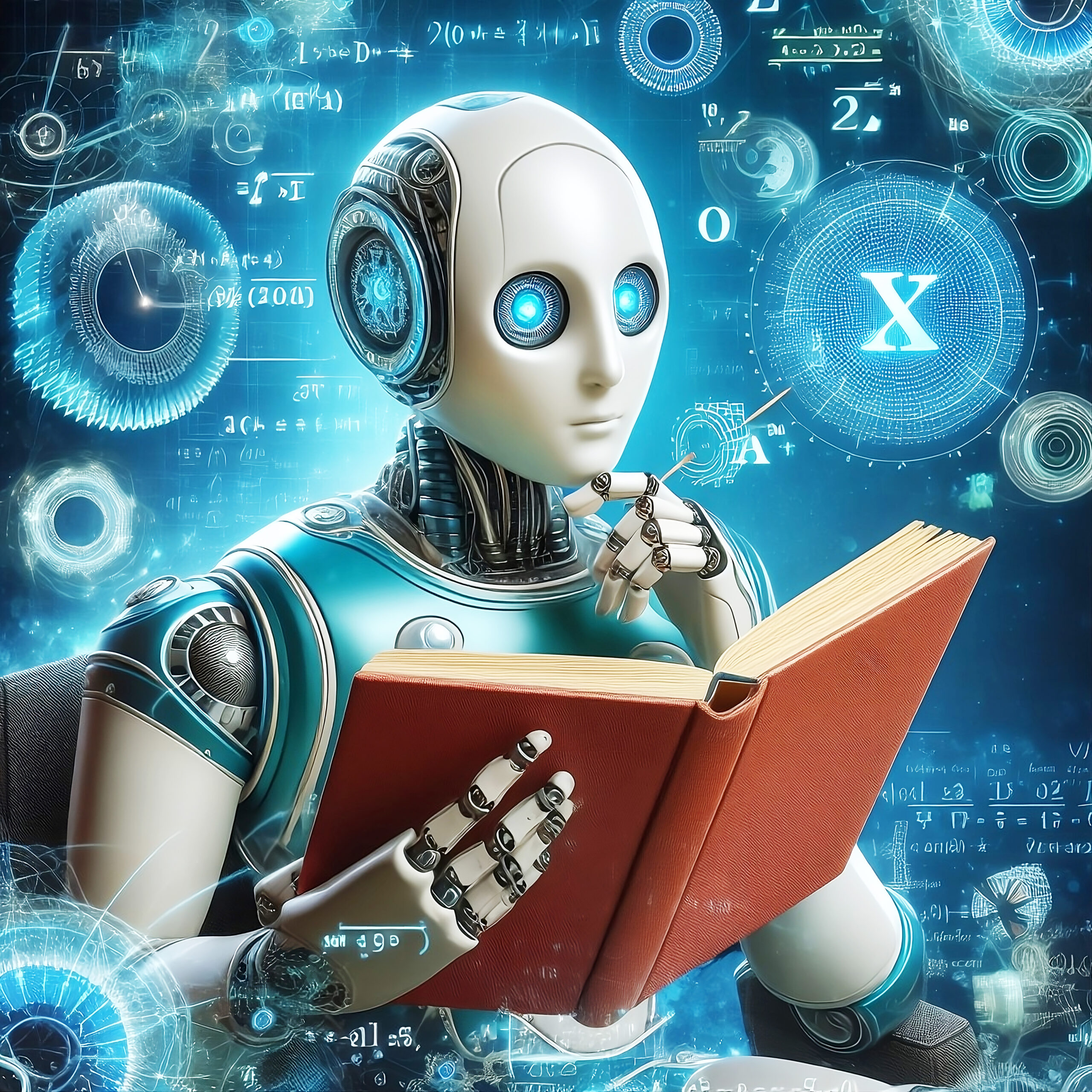How to Implement Education AI Systems Without Overwhelming Your Teaching Staff
Creating a Teacher-First Approach to Educational Technology
Modern educators seeking to learn how to implement education AI often face a daunting challenge: balancing technological advancement with staff well-being.
The journey to successfully integrate artificial intelligence into educational settings requires careful planning, strategic implementation, and unwavering support for teaching professionals.
This comprehensive guide explores proven methods for seamless AI integration while prioritizing teacher comfort and confidence.
Understanding the delicate balance between innovation and staff adaptation remains crucial for any institution looking to enhance their educational framework through AI implementation.
We strongly recommend that you check out our guide on how to take advantage of AI in today’s passive income economy.
Table of Contents
The Foundation of Successful AI Implementation in Education
Before diving into how to implement education AI systems, school leaders must establish a strong foundation built on clear communication and realistic expectations.
Teachers need to understand that AI tools are designed to enhance their capabilities, not replace their invaluable human touch in the classroom.
Creating an environment where educators feel supported and heard throughout the implementation process significantly impacts the success rate of AI integration.
Successful implementation begins with a thorough assessment of your institution’s current technological infrastructure and staff readiness.
Assessing Your Institution’s Readiness
Understanding your school’s current technological capabilities serves as the first step in learning how to implement education AI effectively.
Conduct a detailed audit of existing hardware, software, and network capabilities to ensure they can support new AI systems.
Survey your teaching staff to gauge their comfort level with technology and identify potential areas of resistance or concern.
Create a comprehensive inventory of current teaching methods and identify specific areas where AI implementation could provide the most significant benefits.
Building a Supportive Implementation Framework
To successfully implement education AI tools, institutions must develop a structured approach that prioritizes teacher comfort and professional development.
Regular training sessions, mentorship programs, and ongoing support systems help ensure teachers feel confident in utilizing new AI technologies.
Creating a pilot program allows for testing and refinement of how to implement education AI strategies before full-scale deployment.
Establishing clear metrics for success helps track progress and identify areas requiring additional support or modification.
Developing a Phased Implementation Plan
When learning how to implement education AI systems, breaking down the process into manageable phases reduces overwhelm and ensures steady progress.
Phase one focuses on basic AI tool introduction and fundamental training for all staff members.
Phase two introduces more advanced features and begins integrating AI tools into daily lesson planning.
The final phase encompasses full implementation with ongoing support and regular assessment of effectiveness.
Empowering Teachers Through Targeted Training
Understanding how to implement education AI successfully requires a comprehensive training program tailored to different skill levels.
Create personalized learning paths that allow teachers to progress at their own pace while maintaining confidence.
Implement a buddy system where tech-savvy teachers can mentor those who need additional support.
Regular workshops and hands-on practice sessions help reinforce learning and build confidence in using AI tools.
Creating Sustainable Support Systems
Establishing long-term support mechanisms ensures teachers continue to receive assistance as they implement education AI tools.
Develop a help desk system specifically dedicated to addressing AI-related questions and concerns.
Create an online resource library containing tutorials, troubleshooting guides, and best practices for AI implementation.
Regular check-ins and feedback sessions help identify and address challenges before they become overwhelming.
Integrating AI Tools into Daily Teaching Practices
Success in how to implement education AI depends largely on seamless integration into existing teaching methodologies.
Start with simple applications that enhance rather than replace current teaching practices.
Gradually introduce more complex AI features as teachers become comfortable with basic functionalities.
Focus on tools that provide immediate value and reduce administrative workload.
Selecting Appropriate AI Tools
Careful consideration of available AI tools ensures alignment with educational objectives and teacher capabilities.
Choose platforms that offer intuitive interfaces and comprehensive support resources.
Prioritize tools that address specific pain points identified by your teaching staff.
Consider scalability and long-term sustainability when selecting AI systems to implement.
Measuring Success and Adjusting Implementation Strategies
Regular assessment of how to implement education AI initiatives helps ensure continued effectiveness and teacher satisfaction.
Collect both quantitative and qualitative data to evaluate the impact of AI implementation on teaching and learning outcomes.
Use feedback from teachers to refine and adjust implementation strategies as needed.
Monitor staff stress levels and workload to maintain a healthy balance throughout the implementation process.
Establishing Success Metrics
Define clear indicators for successful education AI implementation that go beyond just technical adoption rates.
Track changes in teacher satisfaction and confidence levels throughout the implementation process.
Measure the impact on student engagement and learning outcomes to validate AI tool effectiveness.
Regular surveys and assessment tools help gauge progress and identify areas for improvement.
Maintaining Long-term Success and Sustainability
Ensuring long-term success in how to implement education AI requires ongoing commitment and support.
Regularly update and refresh training materials to reflect new features and best practices.
Maintain open communication channels between administration and teaching staff.
Continue to evaluate and optimize AI implementation strategies based on real-world results.
Future-Proofing Your AI Implementation
Stay informed about emerging trends in educational AI to ensure your implementation remains current and effective.
Develop strategies for incorporating new AI tools and features as they become available.
Build flexibility into your implementation plan to accommodate future technological advances.
Create a culture of continuous learning and adaptation among your teaching staff.
Conclusion
Successfully learning how to implement education AI while supporting teaching staff requires dedication, patience, and strategic planning.
By following these comprehensive guidelines and maintaining focus on teacher well-being, institutions can achieve successful AI integration.
Remember that the goal of implementing education AI is to enhance, not replace, the invaluable human element in education.
Continued success depends on maintaining a balance between technological advancement and teacher comfort throughout the implementation process.
Through careful planning, structured support, and ongoing assessment, schools can create an environment where both teachers and AI tools work together harmoniously to improve educational outcomes.
This thoughtful approach to how to implement education AI ensures lasting positive impact on both teaching staff and students alike.
The journey of AI implementation in education continues to evolve, but with proper support and strategy, teaching staff can embrace these changes confidently and effectively.
Ultimately, successful AI implementation depends on creating an environment where technology enhances rather than overwhelms the teaching experience.

We strongly recommend that you check out our guide on how to take advantage of AI in today’s passive income economy.




